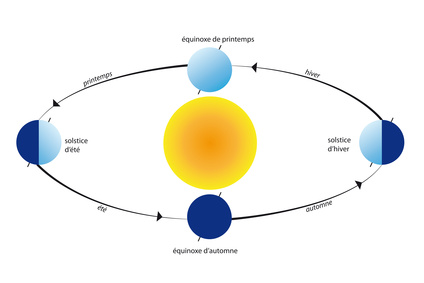
its smooth flat face was turned towards the midwinter Sun. It is significant that at Stonehenge the Great Trilithon was oriented outwards from the middle of the monument, i.e. The primary axes of both of these monuments seem to have been carefully aligned on a sight-line pointing to the winter solstice sunrise (Newgrange) and the winter solstice sunset (Stonehenge). Some important Neolithic and early Bronze Age archaeological sites in Europe are associated with the winter solstice, such as Stonehenge in England and Newgrange in Ireland. In cultures which used cyclic calendars based on the winter solstice, the "year as reborn" was celebrated with reference to life-death-rebirth deities or "new beginnings" (such as Hogmanay's redding, a New Year cleaning tradition), and "reversal" (as in Saturnalia's slave and master reversals). īecause the winter solstice is the reversal of the sun's ebbing in the sky, in ancient times it was seen as the symbolic death and rebirth of the sun or of a sun god. Most cattle were slaughtered so they would not have to be fed during the winter, so it was almost the only time of year when a plentiful supply of fresh meat was available. In temperate climates, the midwinter festival was the last feast celebration, before deep winter began. Starvation was common during the first months of the winter, January to April (northern hemisphere) or July to October (southern hemisphere), also known as "the famine months". The winter solstice was immensely important because the people were economically dependent on monitoring the progress of the seasons. Many cultural mythologies and traditions are derived from this. Astronomical events were often used to guide activities, such as the mating of animals, the sowing of crops and the monitoring of winter reserves of food. The solstice may have been a special moment of the annual cycle for some cultures even during Neolithic times. History and cultural significance Japanese Sun goddess Amaterasu emerging from a cave (by Kunisada) Winter solstice occurs in December for the northern hemisphere (bottom right), and June for the southern hemisphere (top right).

Some ancient monuments such as Newgrange, Stonehenge, and Cahokia Woodhenge are aligned with the sunrise or sunset on the winter solstice. It marked the symbolic death and rebirth of the Sun the gradual waning of daylight hours is reversed and begins to grow again. Since prehistory, the winter solstice has been a significant time of year in many cultures and has been marked by festivals and rituals. Other names are the "extreme of winter" ( Dongzhi), or the "shortest day". Traditionally, in many temperate regions, the winter solstice is seen as the middle of winter although today in some countries and calendars it is seen as the beginning of winter. The term midwinter is also used synonymously with the winter solstice, although it carries other meanings as well. Although the winter solstice itself lasts only a moment, the term also refers to the day on which it occurs. In the Northern Hemisphere, this is the December solstice (usually 21 or 22 December) and in the Southern Hemisphere, this is the June solstice (usually 20 or 21 of June).

The winter solstice occurs during the hemisphere's winter. The opposite event is the summer solstice.

Either pole experiences continuous darkness or twilight around its winter solstice. For that hemisphere, the winter solstice is the day with the shortest period of daylight and longest night of the year, when the Sun is at its lowest daily maximum elevation in the sky. This happens twice yearly, once in each hemisphere ( Northern and Southern). The winter solstice, also called the hibernal solstice, occurs when either of Earth's poles reaches its maximum tilt away from the Sun. Twice a year (once in the northern hemisphere, once in the southern hemisphere, six months apart) Midwinter the Shortest Day the Longest NightĪstronomically marks the beginning of lengthening days and shortening nightsįestivals, spending time with loved ones, feasting, singing, dancing, fires At the Lawrence Hall of Science in California, visitors observe sunset on the day of the winter solstice using the Sunstones II.


 0 kommentar(er)
0 kommentar(er)
